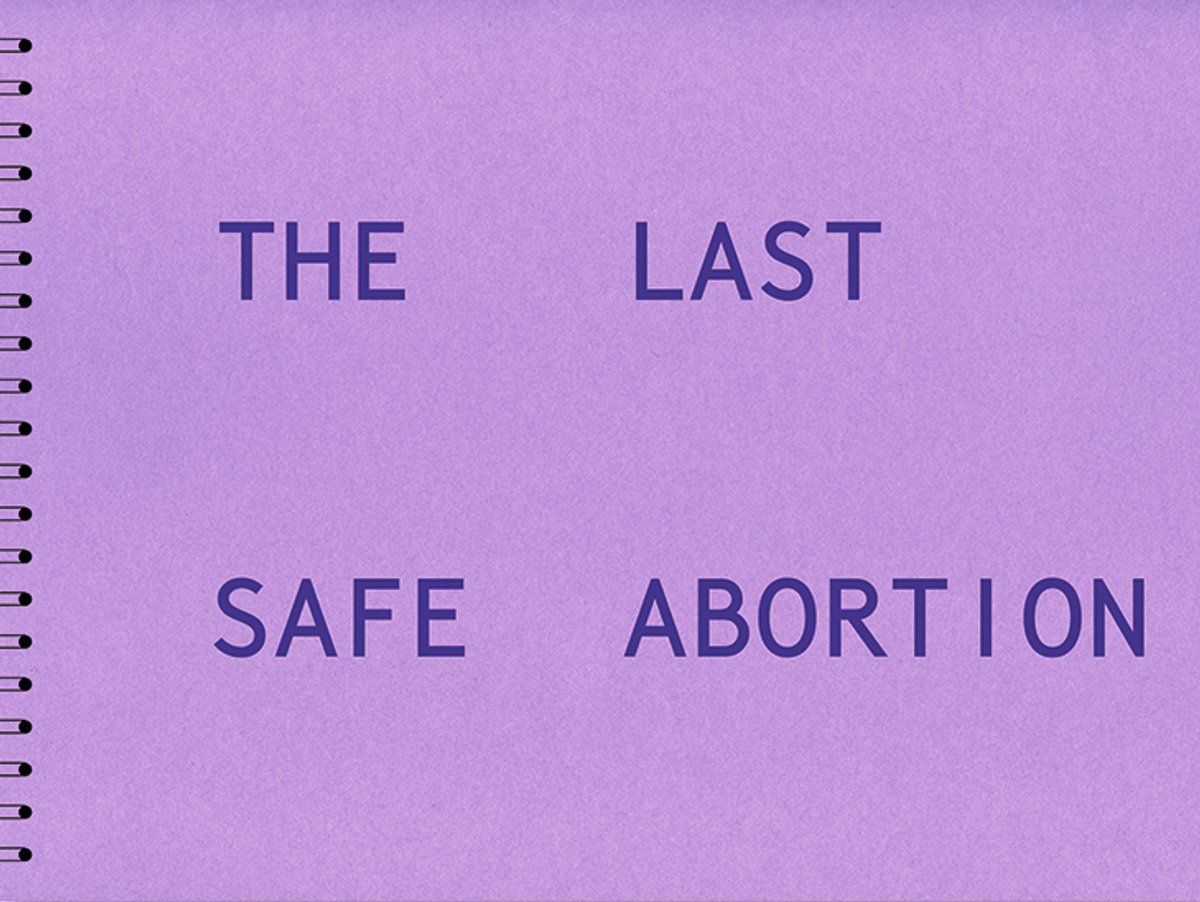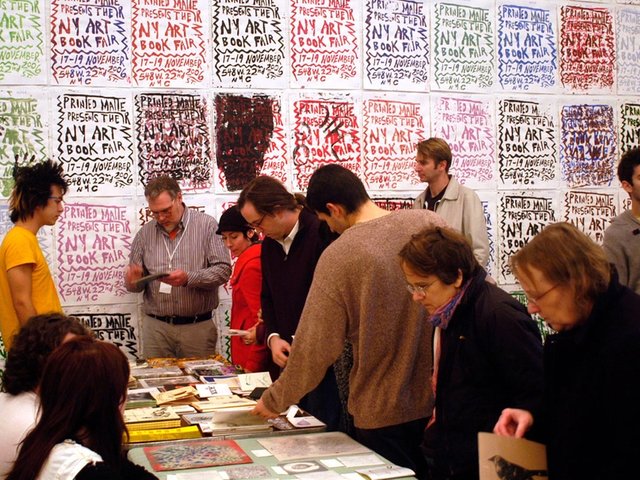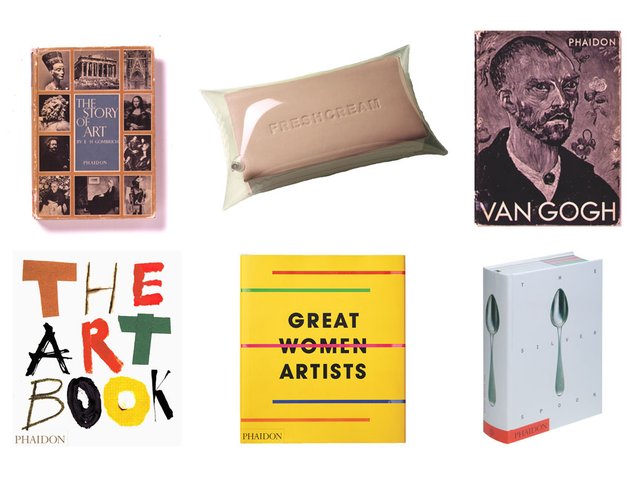Mack, the London-based publisher of artist monographs, essays and anthologies, is embarking on a series of acquisitions as it expands its ambit beyond its photographic origins.
The first is SPBH Editions, a small but influential book imprint in Milan, whose last title, The Drawer by the art critic Vince Aletti, won the 2023 Paris Photo-Aperture PhotoBook of the Year award. Its latest, The Last Safe Abortion by Carmen Winant, is the first to be published under the Mack umbrella, and will be joined by two further titles—an experimental artist book by Charlie Engman, and a collection of selected writing from the cult queer cinema journal Little Joe—that will launch at the New York Art Book Fair later this month (25-28 April).
Bruno Ceschel, founder of SPBH Editions, will stay on. Michael Mack, who set up his eponymous publishing company in 2010, says that Ceschel’s vision is crucial to his plans, and that the acquisition sets the pattern for more to follow. Mack tells The Art Newspaper that he is in the advanced stages of closing four further deals as he pursues a strategy of developing book lists with their own singular identities, forged by distinctive independent publishers.
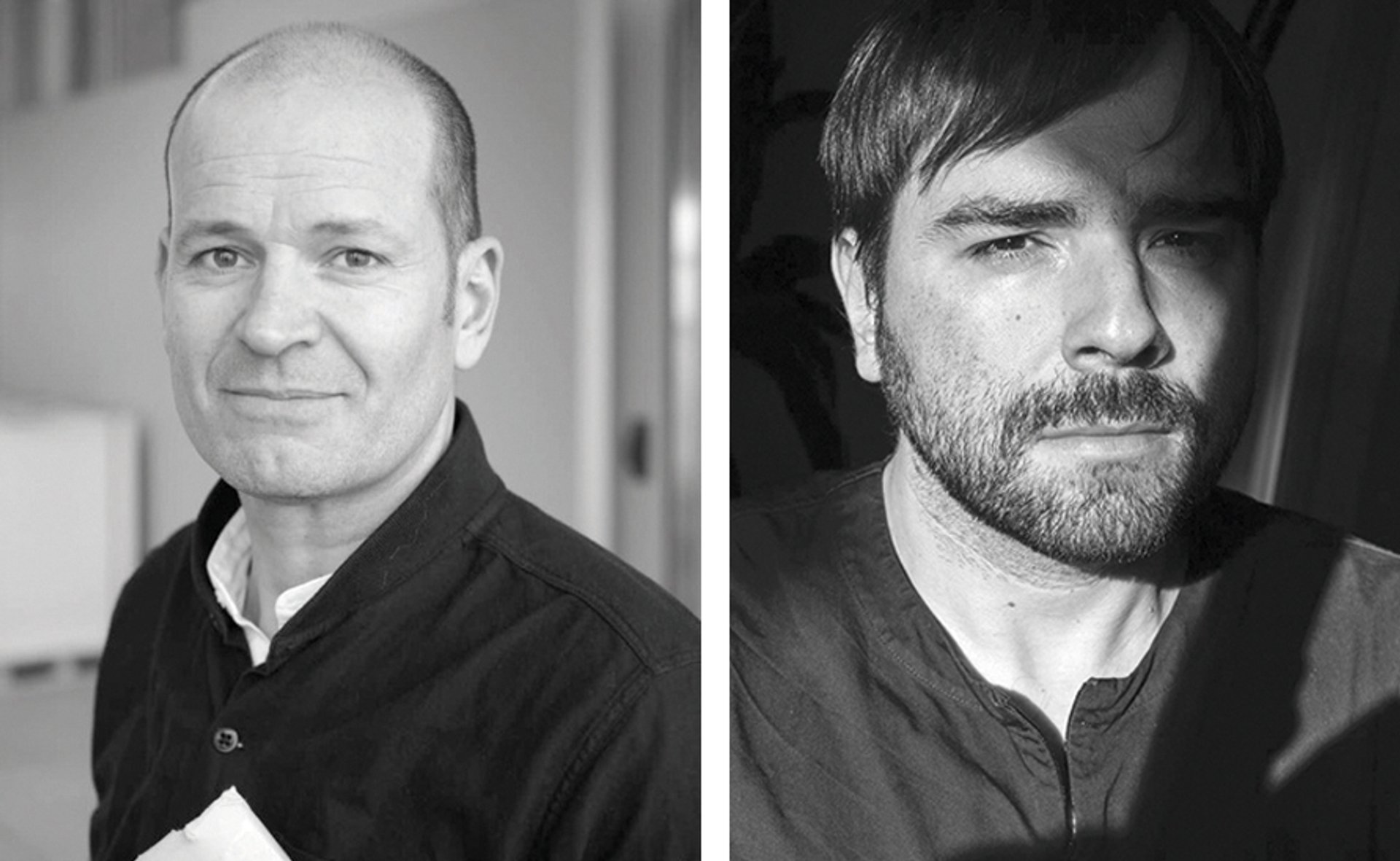
Michael Mack (left) and Bruno Ceschel (right) started their publishing firms in the early 2010s
Courtesy of Michael Mack; Courtesy of Bruno Ceschel.
“They are quite significant by comparison to the [size of the SPBH deal, the details of which he declined to elaborate upon]. And they will all fit under the umbrella of Mack, feeding into this culture of the possibility of the book form,” Mack says. He adds that the new additions focus on different areas of visual culture, but not exclusively so, revealing that one of them is a literary imprint.
Mack began his career in publishing at the German publisher Steidl, where he was the managing director for more than a decade. Since setting up his own company, he has been responsible for some of the most noteworthy photobooks of the past 14 years, establishing close working partnerships with photographers such as Paul Graham, Broomberg & Chanarin and Alec Soth, and publishing projects that have gone on to collect the major honours at Deutsche Börse Photography Foundation Prize, the Paris Photo art fair and Les Rencontres d’Arles photography festival.

An image from the film director Sofia Coppola’s book Archive Courtesy of Sofia Coppola and Mack
More recently, Mack has pursued a longstanding interest in architecture, while diversifying into the wider visual arts with books that continue to emphasise authorship, alongside a series of publications that engage in critical discourse. Recent books include titles as diverse as Archive by the film director Sofia Coppola, Architecture from Below by the Brazilian architect Sérgio Ferro, and The Triple Folly by Thomas Demand. “Books that we are working on include a catalogue raisonné with Tacita Dean, another with Do Ho Suh, the South Korean artist, a book with Grada Kilomba, the Portuguese, Berlin-based installation artist, and Shirley Irons, the painter,” Mack says. “So, it’s a huge array of approaches to art-making, not restricted by a medium.”
Ceschel has followed a similar, though more idiosyncratic, path at SPBH Editions. He began around the same time as Mack went out on his own, which many now regard as a golden age for photographic publishing as makers reasserted their belief in the primacy of the book while traditional models seemed on the verge of collapse. The rise of Amazon and the birth of new technologies such as the Kindle and the iPad created “an earthquake” in the publishing world, Ceschel says. And, while traditional players became more conservative with their lists, a new generation of independents sprang up, and artists and photographers chose to bypass the gatekeepers altogether to make their own books.

Carmen Winant’s My Birth
Ceschel became excited about the new forms of book that emerged among a new generation of makers who “saw themselves embedded within a broader conversation about contemporary art”, and launched Self Publish, Be Happy in response. SPBH Editions emerged from that and the relationships he made with interesting artists. Then, in 2014, one book, Dalston Anatomy by Lorenzo Vitturi, became an overnight success and brought worldwide attention to both artist and publisher. Carmen Winant’s My Birth, published four years later, was also a key book for Ceschel because it sparked a broad conversation that reached a deeper audience.
Ceschel has long admired Mack, not just for its exemplary books, but the publishing and distribution model it has developed, which eschews discounting on Amazon and other platforms, and which pays artists royalties. This is unlike many photobook publishers, which ask for production costs upfront from photographers, most of whom have little chance of recouping their losses.
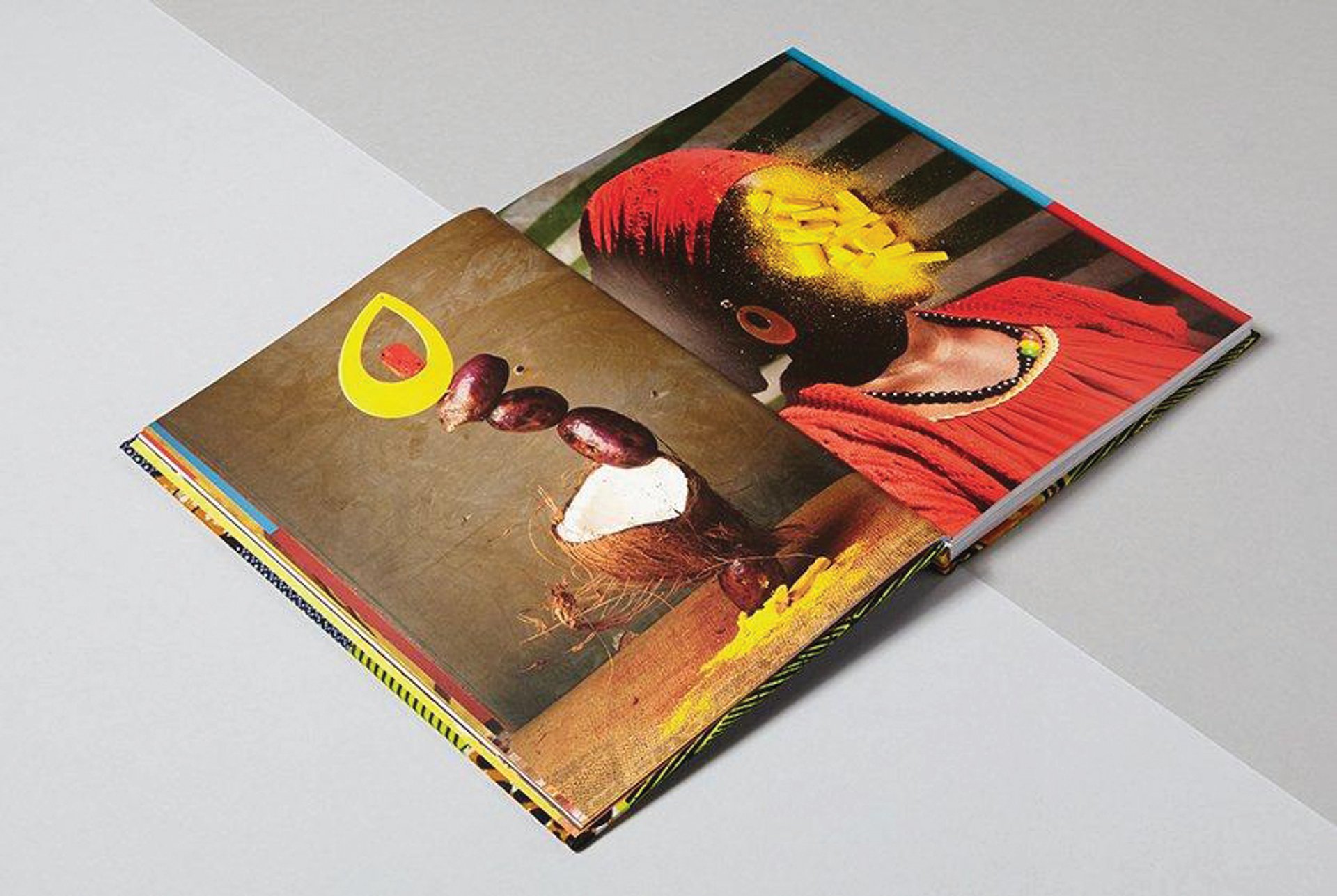
Lorenzo Vitturi’s Dalston Anatomy, an early success for SPBH Editions Courtesy of Mack
Mack is particularly scathing of this practice, which he describes as “flabby and self-serving”. Indeed, he and Ceschel have become weary of a photobook market that they perceive to have become homogenous and inward looking. “Self Publish, Be Happy had the energy of a trailblazer,” Ceschel says. “And I didn’t want to change things just to make a cool-looking box.”
“Bruno has a particular critical approach to what he’s interested in, which is really distinctive,” Mack says. “Unlike most of the publishing in the photobook world, which is predicated on [the work of] designers and photographers who are primarily interested in the quality of printing, he’s somebody who’s interested in content, he’s interested in ideas. He’s driven by that.”


